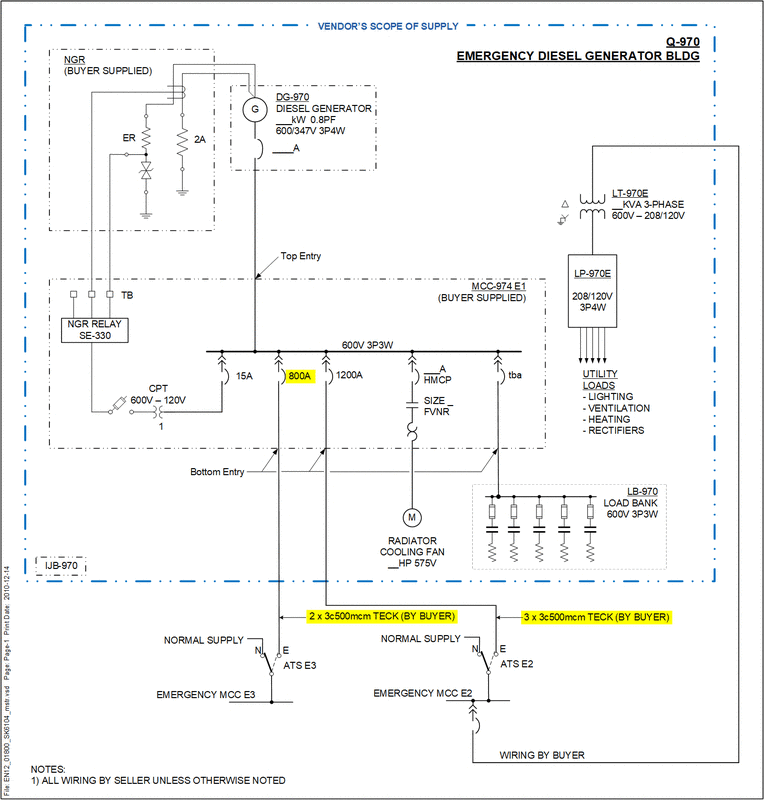Standby Deutz Diesel unit at one site where I worked had a separate station service supplied AC-driven radiator fan, with one big soft-start but constant-speed drive motor and recirculating air dampers. Reported rationale was that fan could be run post shutdown to cool out the engine, something that made no sense to me since there were no auxiliary non-engine-driven after-run pumps to circulate the coolant through the engine block...and I didn't make any friends when I pointed out that fact [thermosyphoning was of negligible value, due to the small size of the cooling piping and the numerous flow restrictions caused by including more flow monitoring gauges than necessary].
Strangely enough, the rad cooling fan had originally been supplied directly from the generator terminals, but connection to station service supply instead was made after the unit tripped a number of times at full load and the engine suffered damage due to overtemperature; thinking was as described above...then generator tripped at full load during a power outage, still had no cooling, more damage...you get the idea. My druthers would have been to have a DC-driven after-run coolant pump that would have at a minimum equalized the temperature of the block post shutdown, even in the event of failure during black-out; combined with fail-open air admission and exhaust dampers and fail-closed recirc dampers, there would at least still have been some cooling for long enough to preclude engine damage...but apparently I didn't know anything; don't you hate it when that happens?
CR
"As iron sharpens iron, so one person sharpens another." [Proverbs 27:17, NIV]

